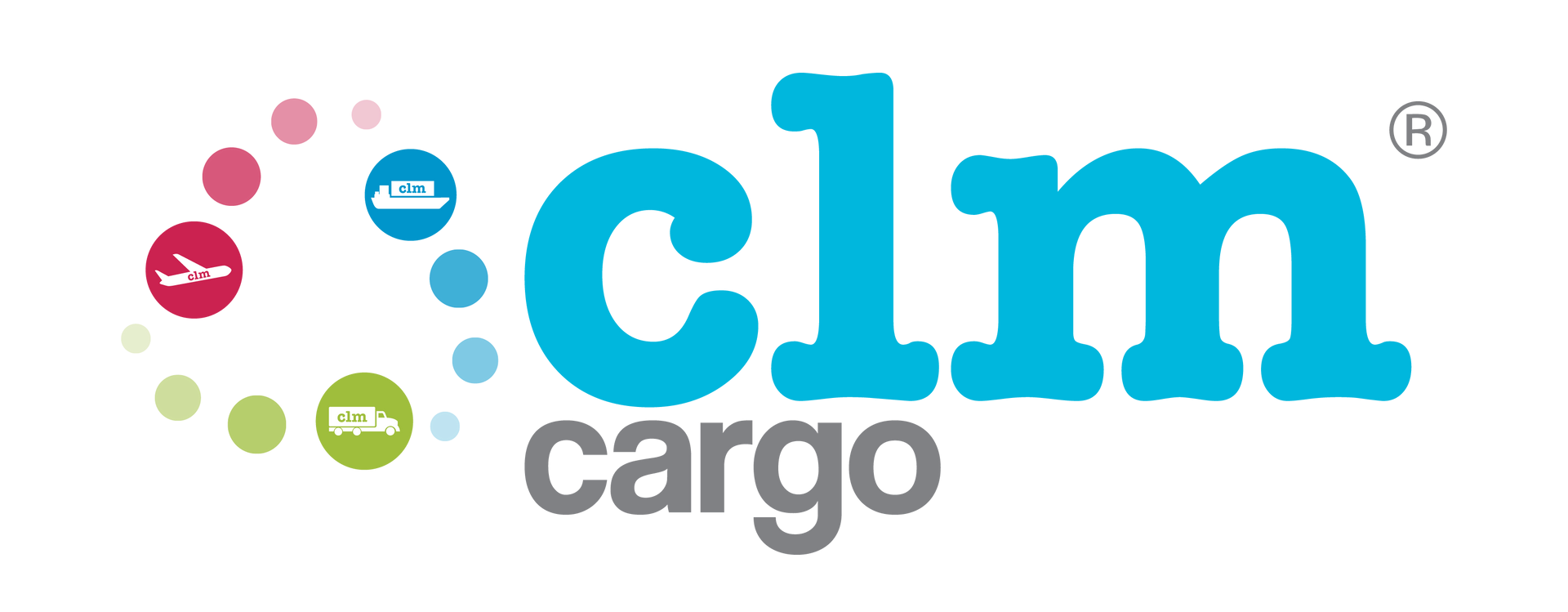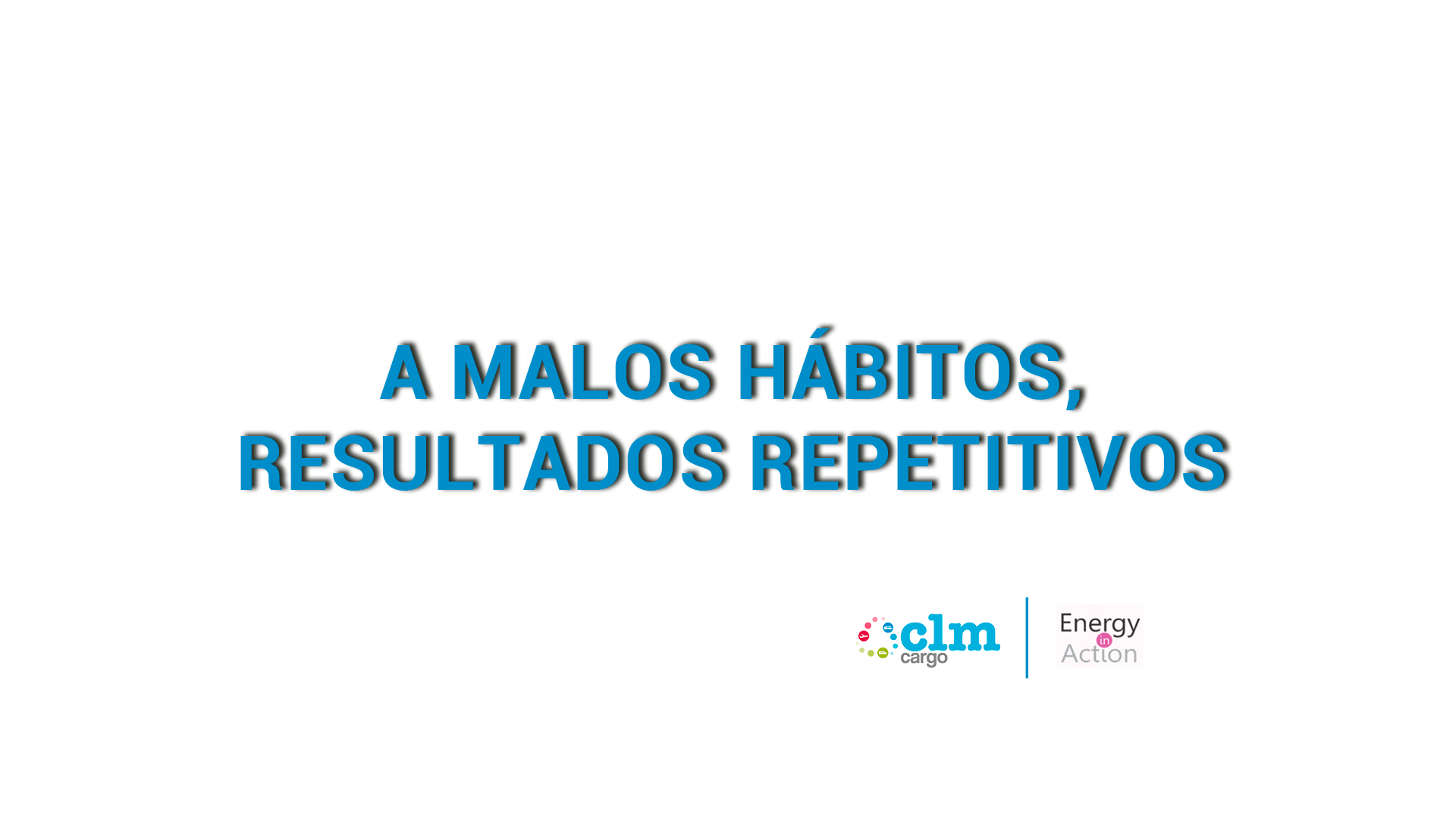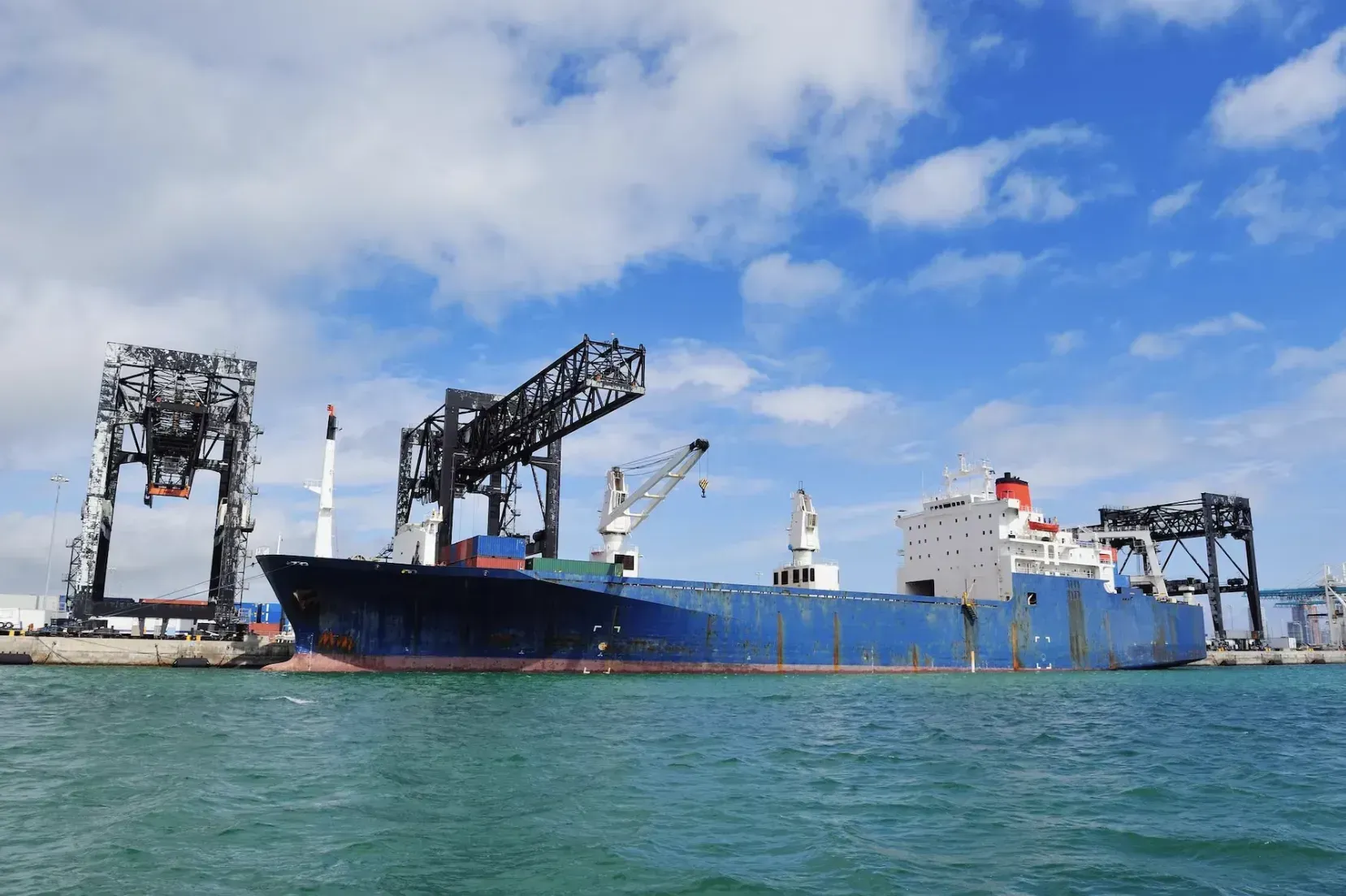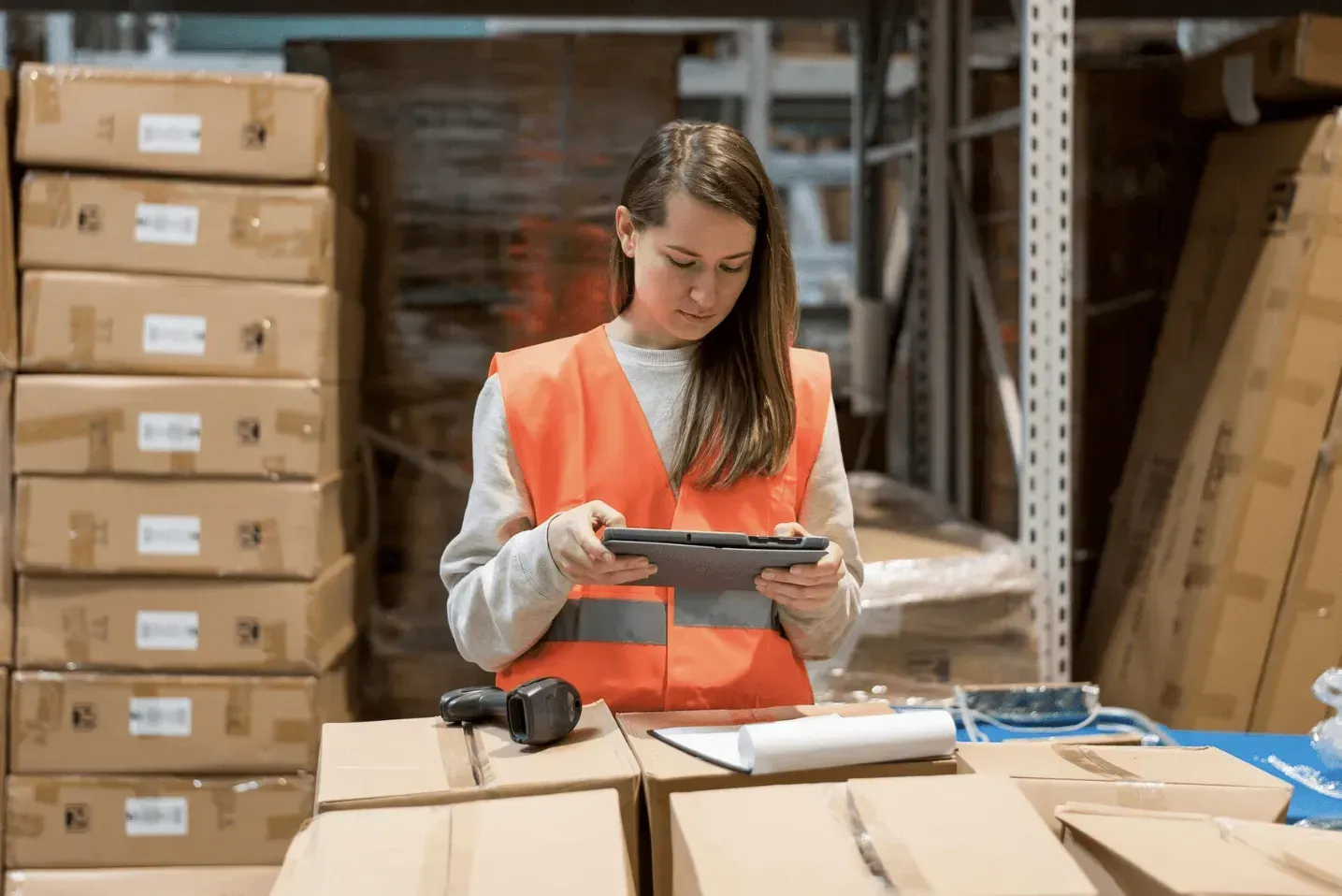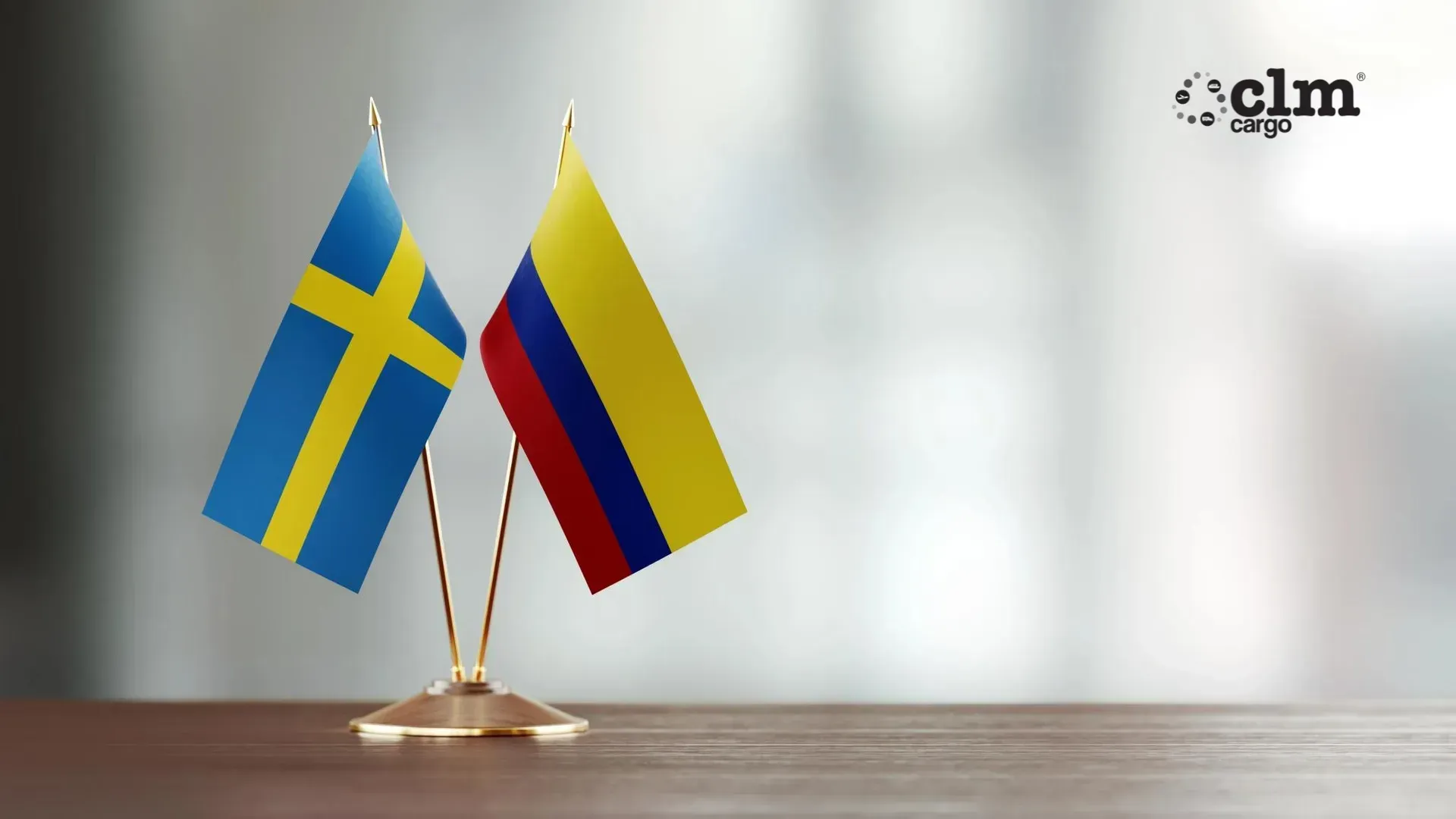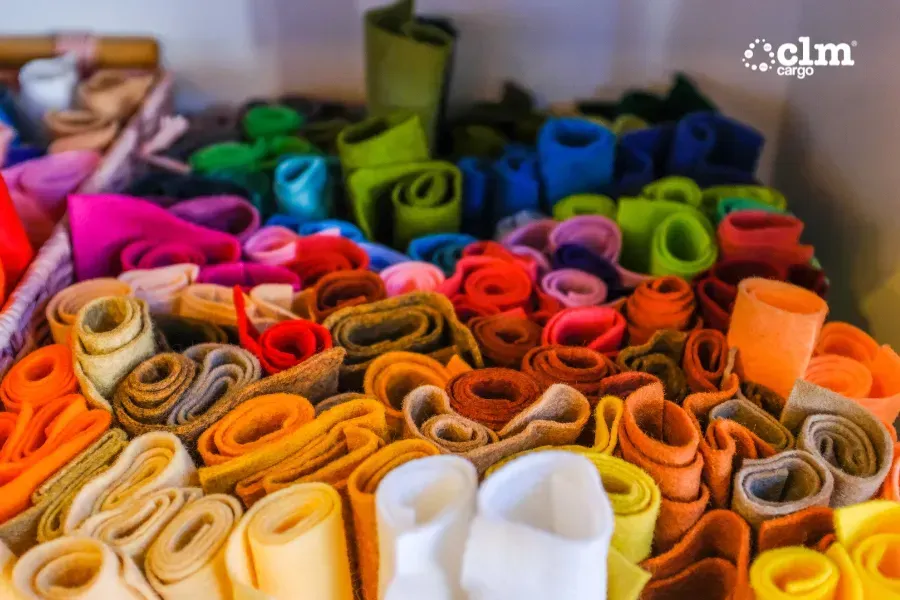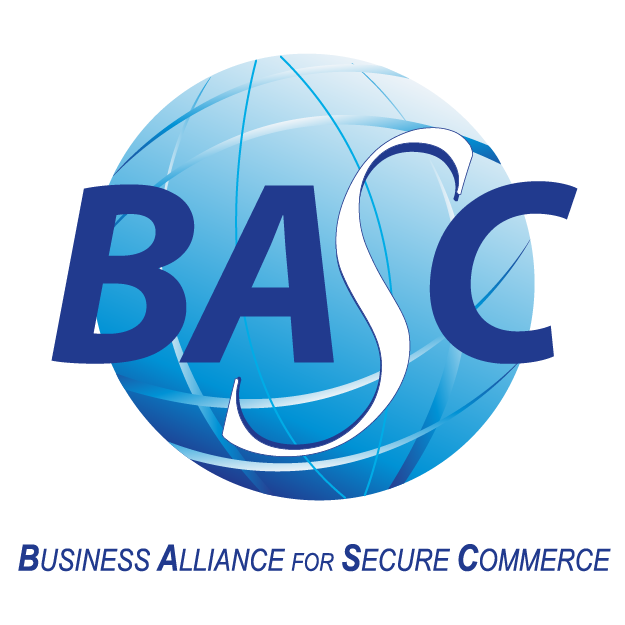Leather exports in Colombia
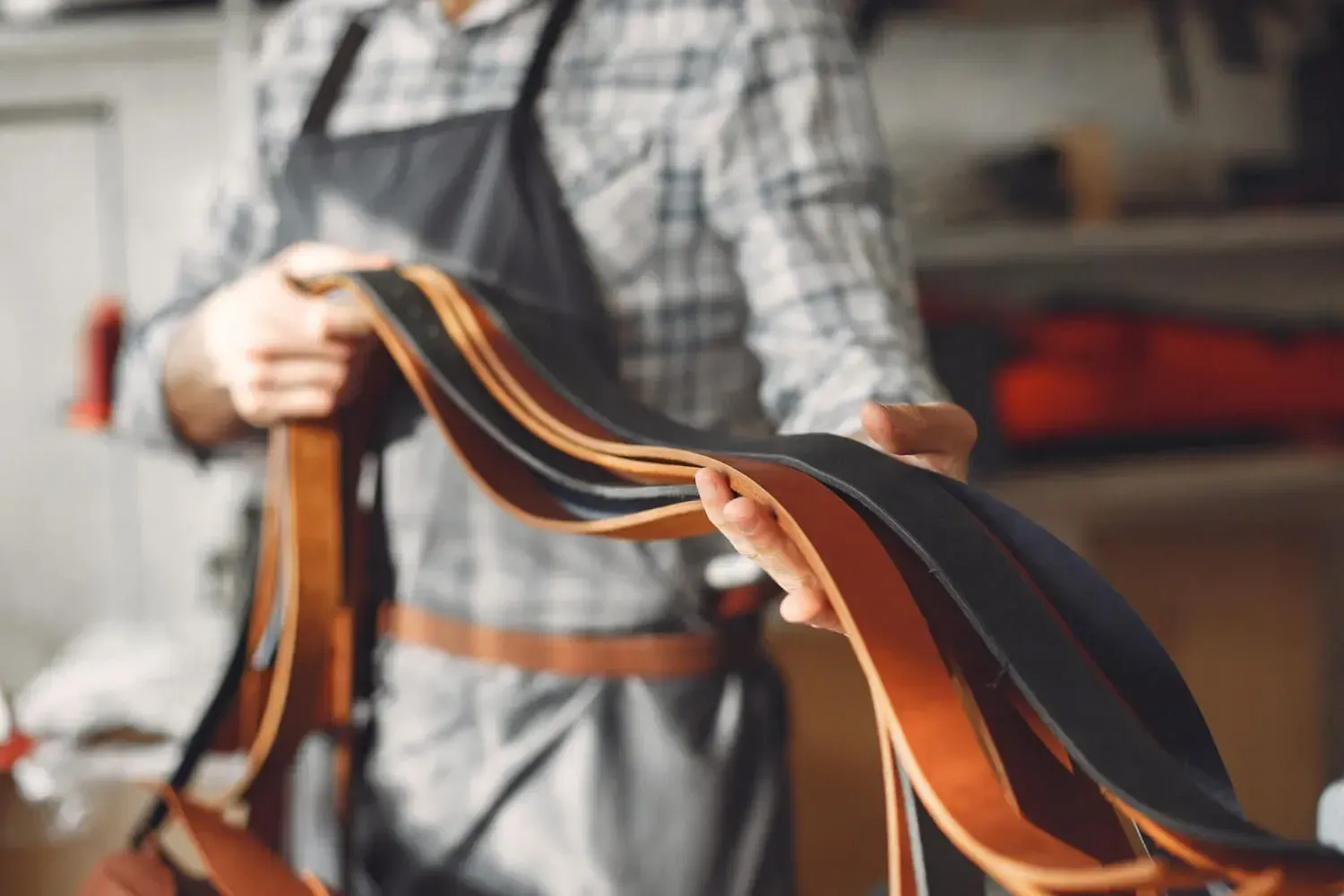
Leather exports are a crucial driver of Colombia’s economy, generating both revenue and employment across various regions. In this article, we explore recent trade statistics, international demand, top export destinations, and the strategic role of ProColombia in promoting leather products. We also highlight current challenges and future prospects for the sector.
Background: Colombia's Leather Export Industry
Colombia’s leather industry has become a cornerstone of national economic activity, contributing significantly to international trade and job creation.
Economic Importance
The leather sector plays a vital role in Colombia’s economic growth. Its contribution to exports helps strengthen the trade balance. The country’s reputation for high-quality leather products continues to attract consistent demand from global markets.
Main Leather-Producing Regions
- Antioquia
- Valle del Cauca
- Bogotá D.C.
- Caldas
These regions are key players in Colombia’s leather production, supported by abundant livestock and a strong tradition of artisanal craftsmanship.
Employment Impact
The leather industry provides over one million direct and indirect jobs in Colombia. This is particularly important for rural and semi-urban communities that rely on leather production for economic stability. Micro, small, and medium-sized enterprises (MSMEs) have especially benefited from growth in this sector.
Recent Export Statistics
Colombian leather exports have shown strong growth in recent years, driven by increasing international demand and improved trade strategies.
2025 Export Figures
In 2025, Colombia exported approximately $60 million USD worth of leather goods and products. This marks a significant increase in global competitiveness for the sector.
Comparison with Previous Years
Compared to 2024, when exports totaled around $50 million USD, the 2025 figure represents a 20% year-over-year growth. This upward trend highlights the effectiveness of commercial strategies and the industry's adaptability to changing global market trends.
Most Exported Leather Products
- Tanned bovine hides and skins
- Leather footwear (both formal and casual)
- Fashion accessories such as handbags and wallets
- Automotive leather goods and components
International Markets and Export Destinations
Colombian leather goods have successfully entered numerous international markets, bolstered by the quality of the products and the country’s robust commercial network.
Top Export Destinations
The leading markets for Colombian leather exports include:
- United States
- Ecuador
- Mexico
- Peru
- Costa Rica
- Panama
These countries stand out for their consistent demand for premium leather goods and their appreciation for Colombian design and craftsmanship.
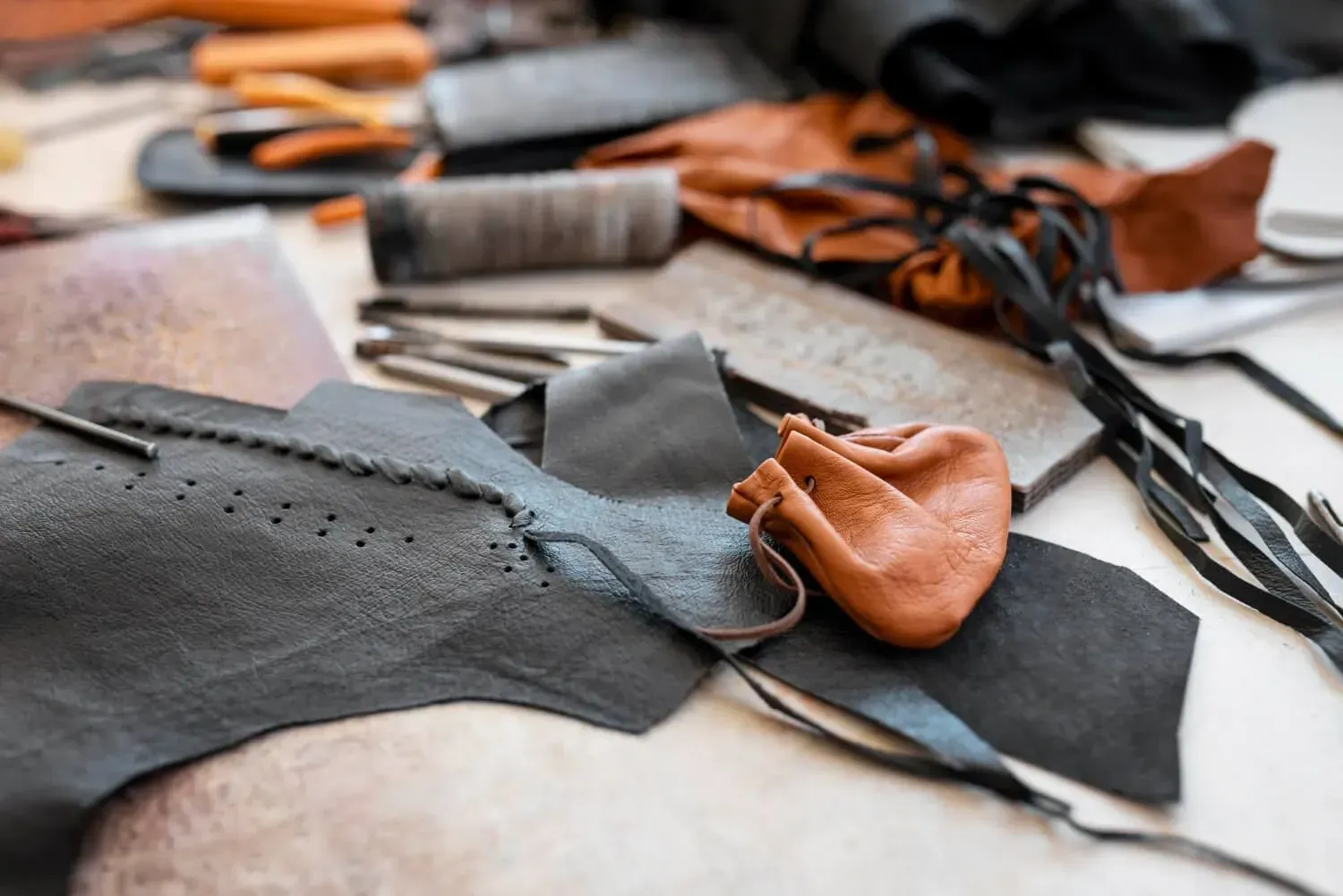
Market Preferences
Consumer preferences for leather goods vary by region. In general, there is strong interest in:
- Tanned bovine hides and skins
- Fashionable and functional leather footwear
- Exclusive leather accessories
Quality and sustainability are critical factors driving international demand.
New Opportunities Abroad
Colombia’s leather sector is identifying new growth opportunities in emerging markets. Companies are actively exploring:
- Expanding exports to Asia and Europe
- Developing customized products for niche segments
- Participating in international trade fairs to build business connections
Strategic partnerships and innovation will be key to unlocking potential in these new markets.
Leather Handbag Exports
Colombian leather handbag exports have seen substantial growth, reflecting both the high quality of local production and rising global demand. This subsector stands out for its innovation and attractive design.
Global Market Trends
Current trends show a significant increase in demand for sustainable and ethical leather products. Consumers are placing more value on:
- Durability
- Unique design
- Responsible sourcing
As a result, brands are adopting more environmentally and socially responsible practices.
Innovations in Design and Production
Colombia’s leather industry has embraced advanced technologies to improve product quality and competitiveness. Examples include:
- Computer-Aided Design (CAD) systems that allow for customized creations tailored to consumer needs
- Eco-friendly tanning techniques that reduce environmental impact
These innovations are helping Colombian manufacturers meet the expectations of increasingly conscious global buyers.
Success Stories
- Brand A: An innovator in luxury accessories, successfully positioned in European markets
- Brand B: Known for sustainable design, appealing to eco-conscious consumers in North America
- Brand C: Expanded into Asian markets through a modern and cutting-edge style
These cases highlight how creativity and strategic focus can drive international growth.
ProColombia’s Role in Promoting the Leather Sector
ProColombia plays a vital role in enhancing and promoting Colombia’s leather industry. Through various initiatives, the organization supports the sector’s expansion in global markets.
Trade Promotion Initiatives
ProColombia has implemented multiple programs to encourage leather exports, focusing on:
- Providing guidance to exporters on international regulations and compliance
- Training on global consumer trends and quality standards
- Running promotional campaigns in strategic target markets
International Fairs and Key Events
The organization also hosts and participates in international trade fairs, which serve as platforms to:
- Showcase Colombian leather products to global audiences
- Foster commercial alliances and build strategic contacts
- Present innovations in design and production technologies
Strategic Alliances with Other Countries
International cooperation is essential for expanding Colombia’s leather market. ProColombia promotes cross-border collaboration through:
- Trade and cultural exchange programs
- Joint research and development projects
- Facilitating access to new business opportunities
Sustainability and Quality in Leather Production
Sustainability and quality are two foundational pillars of leather production in Colombia. These aspects not only enhance international competitiveness but also support more environmentally responsible development.
Sustainable Practices in the Industry
Leather companies in Colombia have adopted a variety of eco-friendly techniques to reduce their environmental impact, including:
- Using biodegradable chemicals in the tanning process
- Recycling treated wastewater for reuse in production
- Implementing renewable energy sources in factories
Quality Certifications
Holding recognized certifications is essential to access demanding international markets. The most valued include:
- ISO 14001: Ensures compliance with environmental management standards
- WRAP (Worldwide Responsible Accredited Production): Verifies fair labor practices and ethical manufacturing
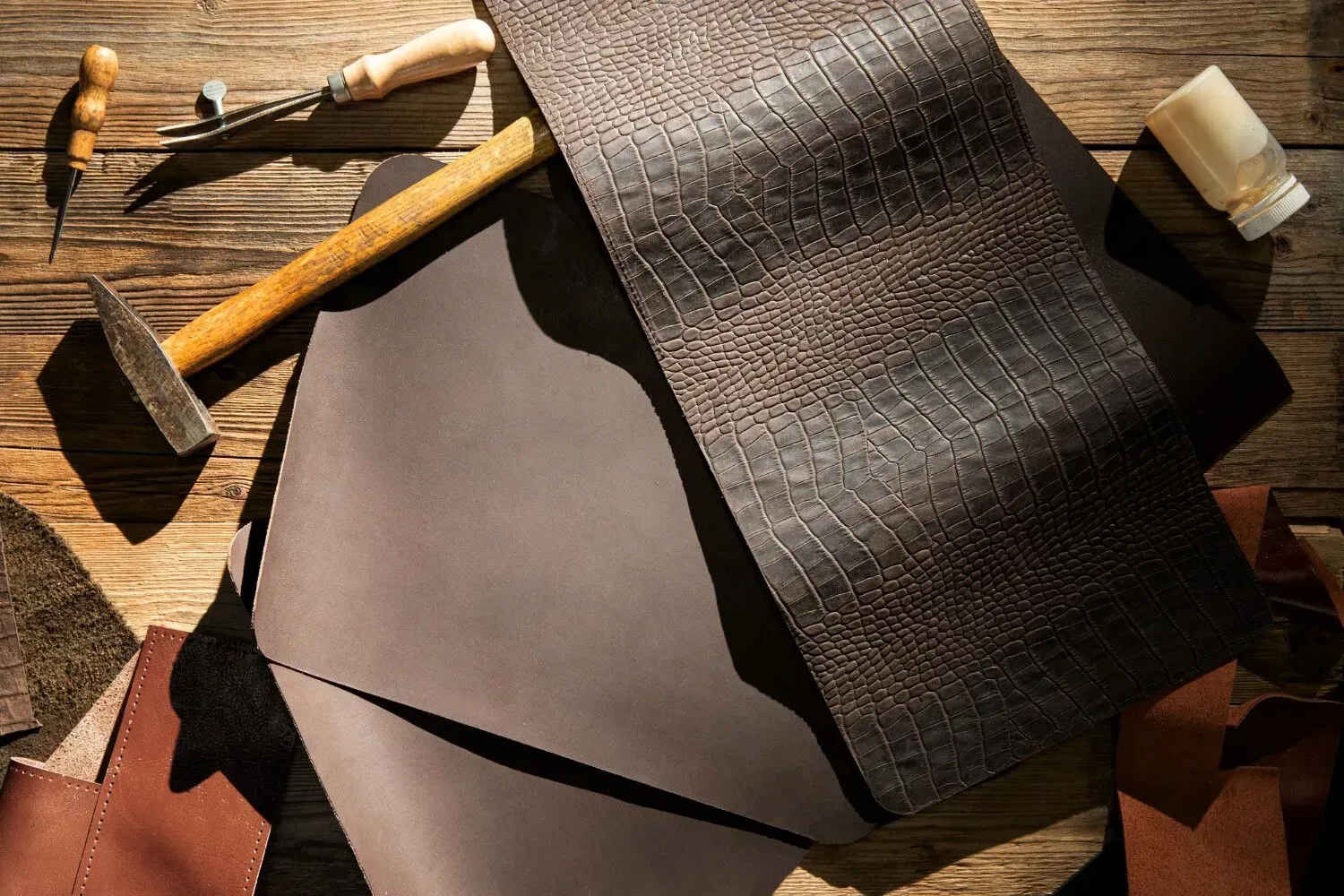
Environmental Challenges and Solutions
Despite recent progress, the Colombian leather sector continues to face important sustainability challenges. Some of the most pressing include:
- Managing solid and liquid waste generated during the tanning process
- The need to upgrade machinery to reduce pollutant emissions
Proposed solutions involve investments in clean technologies and training programs focused on the adoption of better environmental practices.
Challenges and Future Outlook
Colombia’s leather export industry faces several key challenges that could affect its growth and global competitiveness. Addressing these issues is essential to securing a successful future in international markets.
Competition from Other Producing Countries
Colombia must compete with other major leather-producing nations such as Brazil and Mexico. These countries often offer lower production costs, creating a competitive disadvantage. To stand out globally, Colombia needs to continuously improve quality, innovation, and design.
Technological Innovation in the Industry
Adopting new technologies is vital for the modernization of the leather sector. Colombian companies must invest in modern machinery and advanced techniques that streamline production. Innovation not only increases efficiency but also contributes to more sustainable and competitive products.
Growth Projections for the Leather Sector
Leather exports from Colombia are expected to grow steadily in the coming years. The global trend toward sustainable, high-quality products may favor Colombian producers. However, the sector must respond proactively to increasing environmental and quality demands from international consumers.
Government Support and Public Policies
Government backing is a key driver of growth for Colombia’s leather industry. Public policies are designed to enhance the sector’s competitiveness and facilitate its integration into global markets.
Initiatives from the Ministry of Commerce, Industry and Tourism
The Ministry has launched various initiatives to strengthen the leather sector, including:
- Promoting innovation through tax incentives
- Implementing training programs to improve product quality
- Strengthening nation branding to position Colombian leather in global markets
Financing Programs and Support for MSMEs
Specific programs exist to support micro, small, and medium-sized enterprises (MSMEs) within the leather sector. These initiatives are focused on:
- Providing access to low-interest credit
- Offering technical and commercial advisory services
- Supporting the modernization of equipment and production processes
Current Regulations and Standards
Up-to-date regulations are crucial for ensuring both quality and sustainability in leather production. These include:
- Environmental standards aimed at minimizing ecological impact
- Labeling requirements that ensure product traceability
- Quality norms that certify compliance in the manufacturing process



